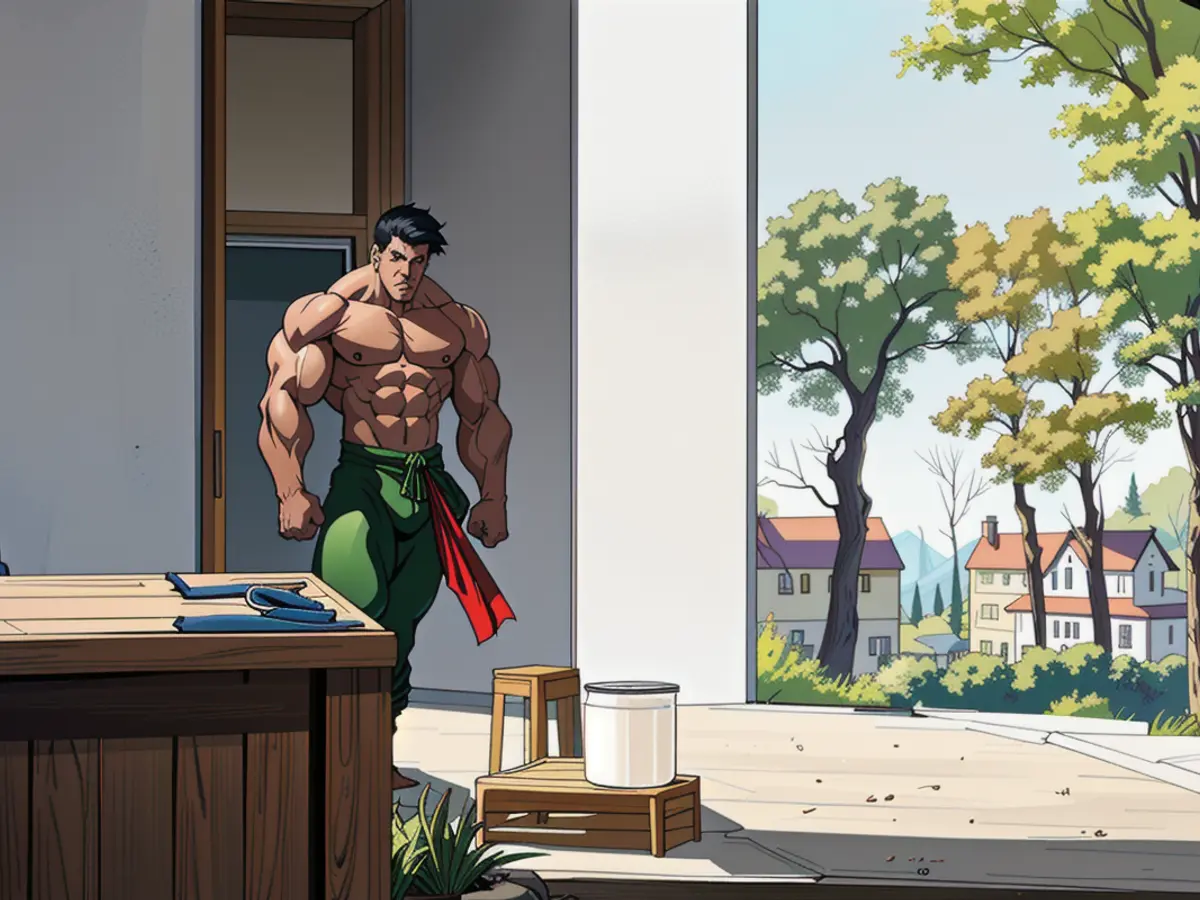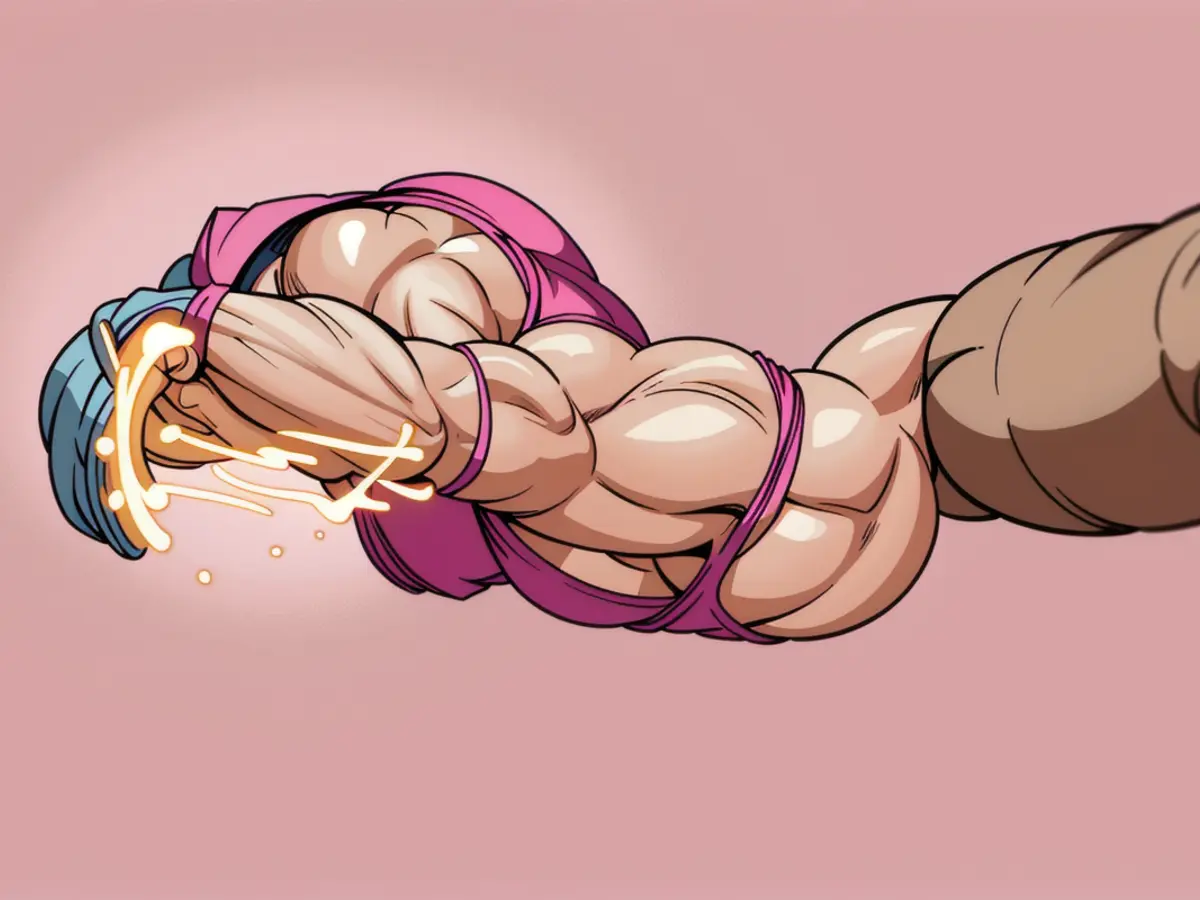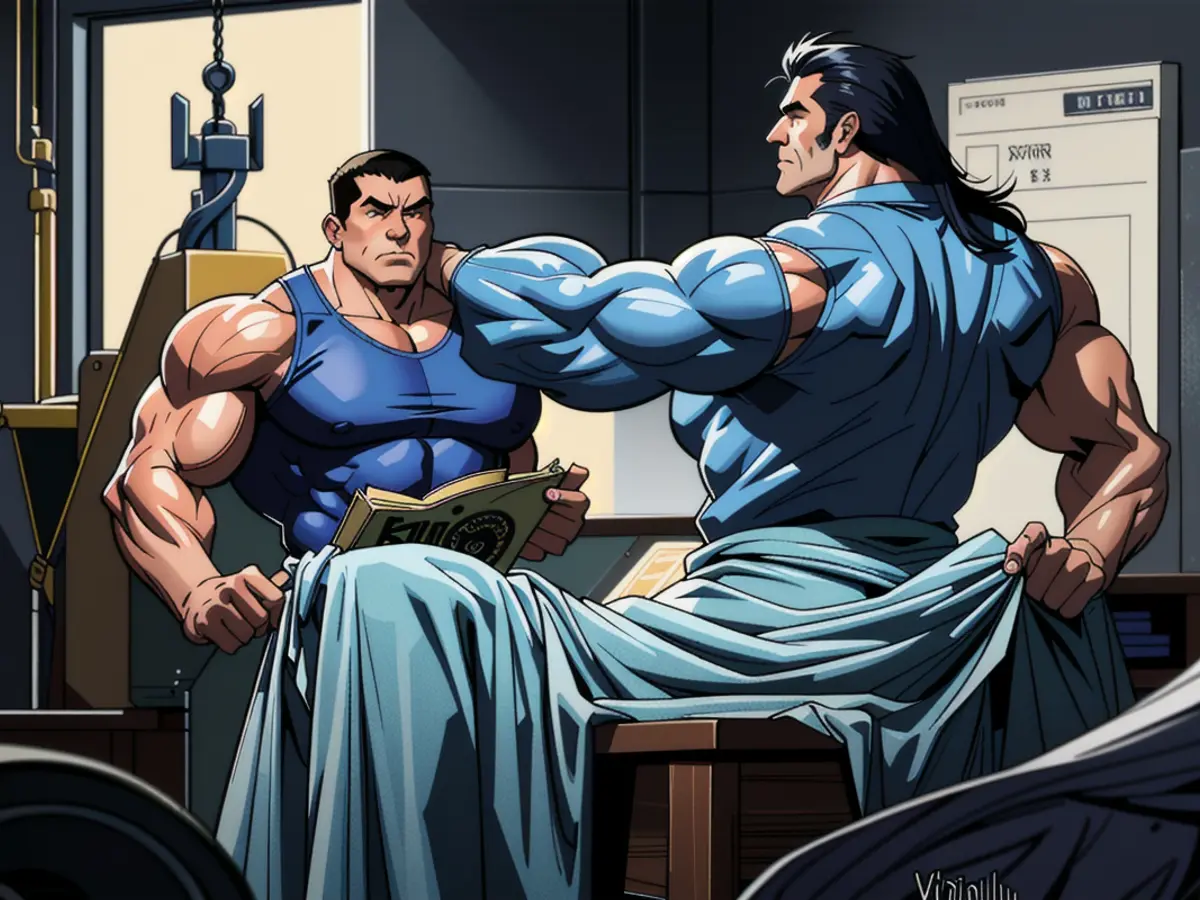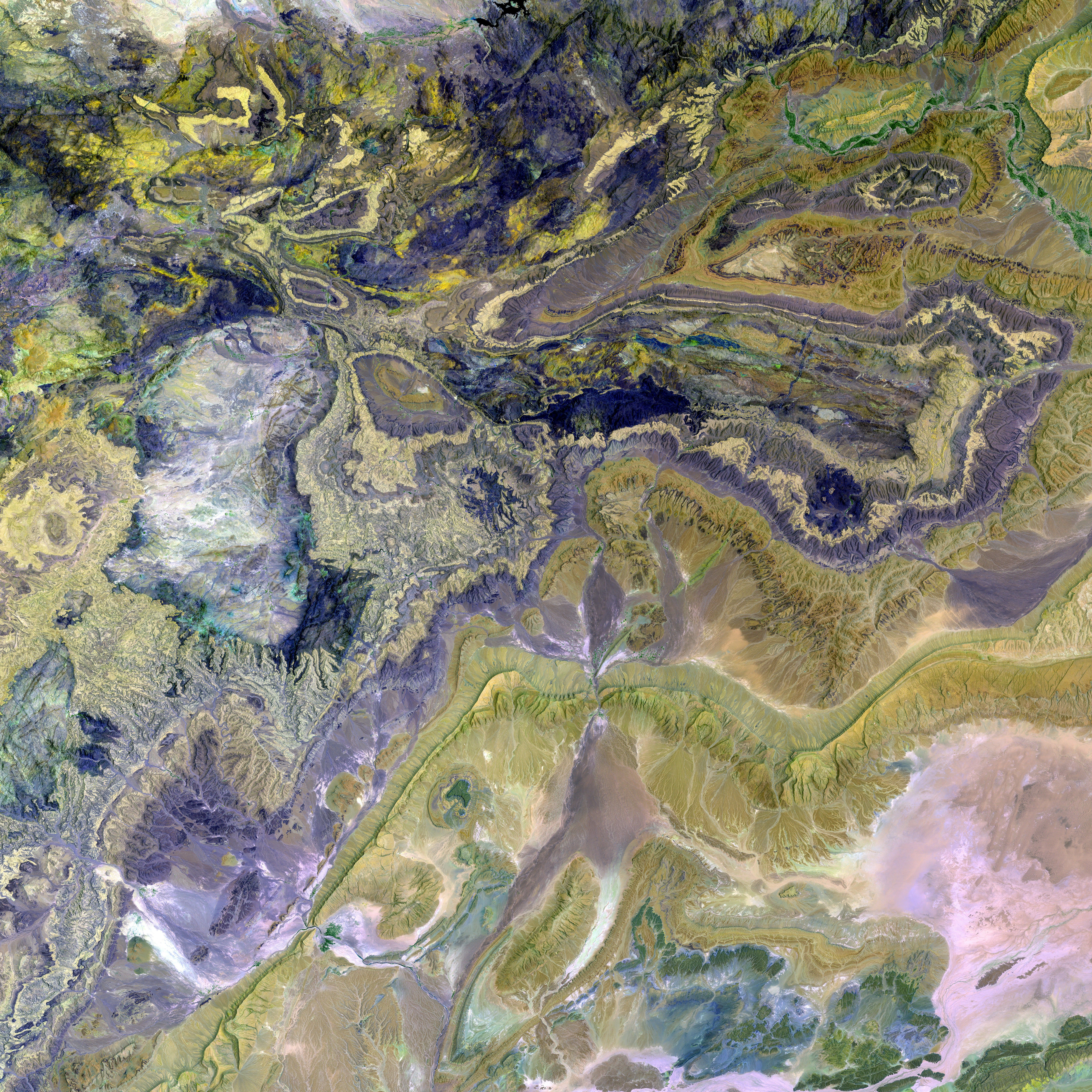Peak Season for Home Painting: Maximize Your Color Transformation Now!
Painting Your House: Understanding the Ideal Weather Conditions
Whether you're painting your house's exterior or interior, it's crucial to consider the weather for a spoil-proof outcome. This guide dives into the perfect temperature, humidity, and time of day for both sections of your home.
Exterior Painting: The Key to an Awe-Inspiring Finish
A Treatise on Ideal Conditions
To achieve a fantastic exterior paint job, you should aim for temperatures within the 50°F to 85°F (10°C to 29°C) range. Curiously, some oil-based paints can tolerate as low as 40°F (4°C) or as high as 90°F (32°C). The humidity sweet spot lies between 40% and 70%, keeping peeling, bubbling, and uneven drying at bay [1][2]. For the best results, you'll want to find a clear, sunny day, sans precipitation or strong winds [3][5]. Remember, painting should be postponed for at least 24 hours if rain is forecasted [1][5].
The Impact of Weather on Quality and Durability
Temperature Extremes: A Cautionary Tale
Painting under scorching hot or bone-chilling cold conditions may bring about poor adhesion, cracking, or peeling [2][4].
Humidity and Rain: A Tale of Two Elements
High humidity can slow drying and cause defects, while rain prevents proper curing, resulting in poor adhesion and longevity woes [1][4].
Wind: Watch out for the Breeze
Wind can speed up drying, creating uneven finishes and introducing debris onto the paint [2][5].
Interior Painting: Elevating Your Space
A Treatise on Ideal Conditions
Interior painting is relatively flexible temperature-wise, sharing the same ideal range as exterior painting: 50°F to 85°F (10°C to 29°C) [3]. However, drier conditions are best for interior painting, as they contribute to faster drying and better adhesion [3]. As for humidity, aim for levels below 70%. Winter months, with their low humidity, are perfect for interior painting [3]. The ideal time for painting indoors is the morning for better ventilation and quicker drying [3].
The Role of Conditions in Quality and Durability
Temperature and Humidity: A Dance of Drying
In high humidity, paint dries more slowly, potentially causing uneven finishes. However, winter's lower humidity levels are advantageous, as they promote faster drying and better adhesion [3].
Ventilation: The Unsung Hero
Proper ventilation eliminates the chance of moisture build-up under the paint, ensuring an even drying process and inhibiting peeling [3].
A Tip for Timing: When to Pick Up that Brush
- Exterior Painting: Early summer and early fall offer the finest conditions for exterior painting thanks to balanced temperatures and humidity [1][5].
- Interior Painting: Winter is often the optimum period for indoor painting due to low humidity and cooler temperatures, fostering faster drying and enhanced adhesion [3].
- To improve the appearance of your house, consider these painting tips: aim for temperatures between 50°F to 85°F (10°C to 29°C) for both exterior and interior projects, and look for clear, sunny days without precipitation or strong winds.
- Home improvement ideas for painting include considering your home's exterior and interior, as well as researching ideal temperatures, humidity levels, and time of day for a successful project.
- For an awe-inspiring exterior finish, ensure temperatures are within 50°F to 85°F (10°C to 29°C) and the humidity is between 40% and 70%. To achieve quicker drying and better adhesion, select a clear, sunny day and avoid rain or strong winds.
- When remodeling advice planning for painting projects, agree on suitable creditline limits and schedule the project during early summer or early fall to take advantage of balanced temperatures and humidity.
- To discover expert advice on painting and home exteriors, check out resources like Better Homes and Gardens (BHG) and their guides on ideal weather conditions for exterior painting.
- If you're planning an interior painting project, consider painting during winter months as they offer lower humidity and cooler temperatures, leading to faster drying and enhanced adhesion.
- For high-quality and durable paint projects, it's essential to understand and follow the recommended temperature, humidity, and ventilation conditions to avoid issues like poor adhesion, cracking, peeling, or uneven finishes.







